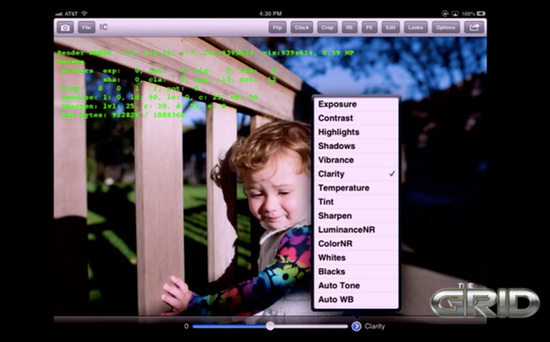

- ADOBE LIGHTROOM SUPPORT UPDATE
- ADOBE LIGHTROOM SUPPORT MANUAL
- ADOBE LIGHTROOM SUPPORT SOFTWARE
- ADOBE LIGHTROOM SUPPORT DOWNLOAD
- ADOBE LIGHTROOM SUPPORT MAC
ADOBE LIGHTROOM SUPPORT SOFTWARE
That said, if you want to use ACR, you need another software program to host it. And in recent updates, Lightroom and ACR have started to look quite similar. As such, both programs share the same RAW processing technology. Lightroom was based on Adobe Camera Raw and was initially released in 2007. It can be supported by Photoshop, Photoshop Elements, Bridge, and After Effects. Adobe Camera Raw vs Lightroom: overviewĪdobe Camera Raw was first launched in 2003 to develop RAW files. Whether you know Adobe Camera Raw or not and whether you shoot in RAW format or not (I hope you do!), this article can help you choose which editing program works best for you. So what’s the difference? Keep reading to find out! You can also correct perspective, fix lens distortions, and apply effects such as a vignette or split toning. Both of them allow you to process your photos and make adjustments to color and exposure. That’s also why some people haven’t even heard of Adobe Camera Raw even though they’re using it it’s the program designed by Adobe to develop RAW files, so it’s integrated into all Adobe photo-editing programs, including Lightroom.Īs you read through this article, you’ll notice that ACR and Lightroom look very similar. Your problem that Lightroom did not recognize your raw format support.Are you trying to decide between Adobe Camera Raw vs Lightroom but you keep getting confused? This used to happen to me, too – because to understand ACR and what it offers, you have to understand the program that hosts it (either Photoshop or Bridge). One of these 4 solutions will help you with An online search will guide you to your specific camera models’ information.
ADOBE LIGHTROOM SUPPORT UPDATE
To save time, or want to update your software anyway, now would be a good time.Įach software vendor publishes an up-to-date list of supported camera models and raw formats. Since it is not quite easy, and may not work either, we recommend one of the first two solutions.

In short, you can overwrite the internal camera data (Exif data) with that of an older camera model, which may provide the otherwise identical data. Mac: /usr/bin/exiftool -model="NIKON D500" *.NEFĮxiftool now writes the new camera identification in the metadata. The original file is appended with _original and retains the original suffix to be on the safe side.
ADOBE LIGHTROOM SUPPORT MAC
ADOBE LIGHTROOM SUPPORT DOWNLOAD
ADOBE LIGHTROOM SUPPORT MANUAL
DNG format from within your camera’s menu.Ĭheck your manual to see if your camera model supports this feature in the camera menu. The easiest solution is to convert directly to the universal. First solution: Use the DNG format already in your camera You can always convert to this format and make your edits lossless as you would with every other file format workflow. DNG format is a camera manufacturer independent, standardized and open, lossless format. Of course, your image processing software tries to keeps up from time to time with software updates but this is not always the case.įor Your Information: The. The problem and its background: There are many camera manufacturers with countless camera models for which they constantly change up the formats. PEF as well as other image processing software providers such as Skylum Luminar… These 4 solutions apply to all camera models and raw formats. Problem -> solution: Lightroom does not recognize RAW format of the new camera


 0 kommentar(er)
0 kommentar(er)
